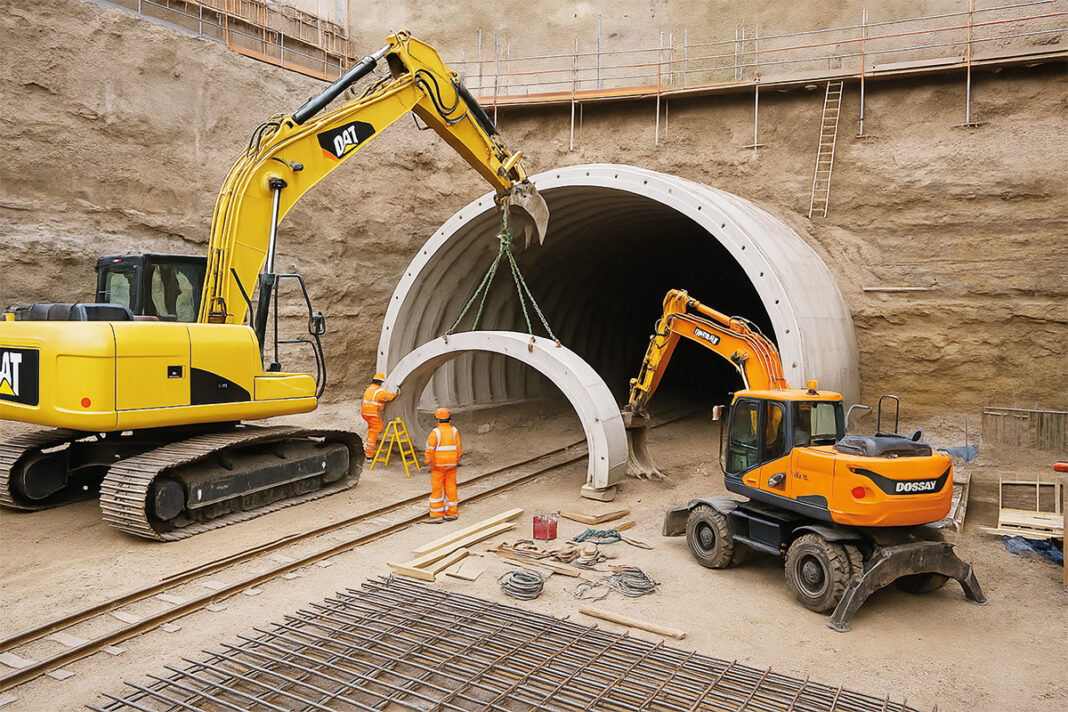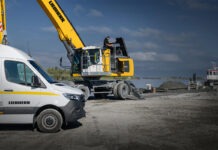A Nation Held Back by Inaction and Red Tape
Ask any modern day economist such as the likes of David McWilliams what
is holding back the progress of Ireland and its the same old story. Ineffective
government, slow decision making by way of a bureaucratic system of
governing this country.
Even the dog in the street can see what needs to be done but we just cannot do it. It’s not that we do not have the ability to do the work, we have some of the world’s best civil engineering firms and talent which to a large degree have moved on or are considering it. We can do the work we just need effective decisions from government.
In a time when agility and progress are essential for national competitiveness, Ireland’s infrastructure development is falling dangerously behind. Projects are delayed, budgets are inflated, and public confidence is waning. The culprit? A chroniclack of government ambition, compounded byoverregulation,bureaucratic planning processes, andan absence of urgencyin delivering the infrastructure that Ireland so desperately needs.
It’s a story contractors, developers, plant suppliers, and civil engineers know all too well. Major projects—critical motorways, flood defences, public transport links, and housing developments—are routinely tied up in years ofplanning delays,legal objections, anddepartmental dithering. While Ireland has the talent, machinery, and technical capability to deliver world-class infrastructure, the system itself has become the primary barrier to progress.
A System Designed to Stall, Not Deliver
Ireland’s planning framework is no longer fit for purpose. ThePlanning and Development Act, originally designed to provide structure and fairness, has evolved into a procedural maze that empowers delay over delivery. Strategic infrastructure projects can takeup to a decadejust to pass through planning and environmental approvals—before a single shovel hits the ground.
Add to this the growing weight ofjudicial reviews,NIMBYism,fragmented local authority control, andEuropean regulatory complexity, and you have a formula that ensures projects rarely launch on time, if at all. Meanwhile, demand for housing, energy, transport, and digital connectivity only increases—piling pressure on an already stretched system.
The Cost of Delay
The consequences of Ireland’s infrastructure inertia are stark:
• Housing shortagesare driving young families out of cities and out of the country altogether.
• Public transportprojects like MetroLink and DART+ remain stuck in planning limbo, while congestion worsens.
• Road and energy grid upgradescritical to economic growth are shelved or stalled.
• Global investors and employersare beginning to question Ireland’s ability to deliver on its promises.
This lack of urgency is costing Ireland not just financially, but strategically. The country risksmissing its climate targets,alienating skilled contractors, andlosing competitivenesson the global stage. All while capable civil engineering firms, equipment dealers, and construction crews sit waiting for the green light.
What Needs to Change
Machinery Movers Magazine believes Ireland must take decisive action now—before another decade is lost to indecision. Here’s what we recommend:
1.Establish a National Infrastructure Acceleration Unit
A dedicated taskforce with cross-departmental authority should be created to fast-track nationally significant infrastructure projects. It must have the power to override red tape, coordinate agencies, and ensure delivery deadlines are met—similar to the UK’s Infrastructure and Projects Authority.
2.Reform the Planning System—Urgently
The long-awaited overhaul of An Bord Pleanála must be prioritised. Clear timeframes, limited opportunities for vexatious objections, and a simplified appeals process are essential. The system must support sustainable development—not stall it.
3. Empower Local Authorities, But Demand Accountability
Local councils should be given more responsibility for local infrastructure delivery, but with strong performance metrics, oversight, and funding tied to results. Too often, progress halts due to disconnects between national ambition and local execution.
4. Reduce Regulatory Paralysis
Environmental and safety standards must be upheld, but they should be clear, consistent, and navigable. Regulation should be a pathway—not a wall.
5. Announce and Fund a 10-Year Infrastructure Vision
Ireland needs a bold, clearly articulated infrastructure roadmap—covering housing, energy, transport, digital, and water—for the next decade. A vision backed by political will, strategic funding, and meaningful timelines.
This should include:
• A national public works pipeline with quarterly updates.
• A dedicated infrastructure budget, protected from political cycles.
• Integration of climate resilience into all future projects.
Time to Match Talk with Action
The machinery industry is ready. Contractors have the talent. Ireland has the money. What’s missing ispolitical courage and leadership.
There are no shortage of reports, consultations, or strategy documents. What we need isdelivery. No more announcements of announcements. No more “studies” of projects that have already been studied to death. No more finger-pointing between departments. It’s time to put plans into practice.
At Machinery Movers Magazine, we urge the Government to unlock Ireland’s infrastructure potential—not just for the industry, but for every citizen who depends on safe roads, warm homes, clean water, and a functioning public transport system.
If we fail to act now, we risk becoming a nation that talks about progress while standing still.










